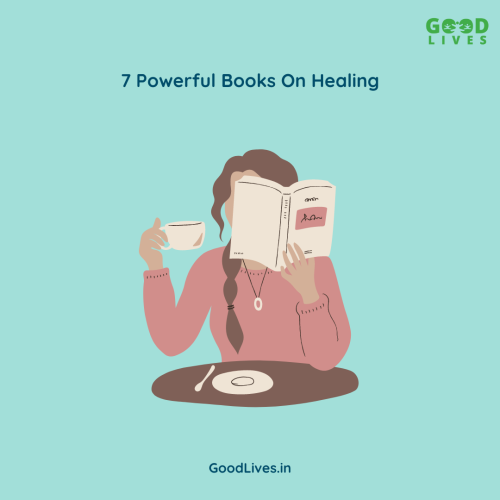
There is a huge misconception that healing is just about fixing what’s broken. You’re wrong there!
Healing is not just about fixing what’s broken, it is more about evolving in a way that we become the better version of ourselves and heal a lot more than what is broken.
Healing transforms rather than merely repairing. You’ll discover that when you put effort into your recovery or your healing process, you not only move past the things that have wounded you but also make you a person who is more than the wound, that makes you much stronger, kinder, and a more capable person.
To live a healthy life, it is crucial to understand how it works, regardless of whether you are experiencing physical or emotional pain. Healing isn’t one-size-fits-all. Each one of us is different and has our healing methods. Some of us take a lot more time to heal than others do. In this blog, we will delve into 6 beautiful and helpful books on healing.
7 Powerful Books On Healing
1. "The Body Keeps the Score" by Bessel van der Kolks

“The Body Keeps the Score” by Bessel van der Kolk explores the complex connection between trauma and the human body. The book provides an engaging examination of how traumatic events can appear in the body as well as the mind. This book is a must-read because it combines both the personal experiences of the author and scientific research to show how trauma affects our mental and physical states—and most importantly, how we can heal.
2. "Waking the Tiger: Healing Trauma" by Peter A. Levine
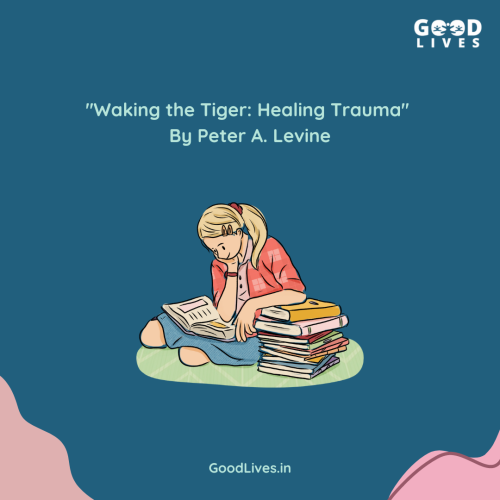
Waking the Tiger: Healing Trauma” by Peter A. Levine approaches trauma from an interesting angle, with an emphasis placed on the role of the body as well as healing itself from traumatic experiences.
Peter A. Levine comes from a completely different school of thought as compared to traditional talk therapy and advances the somatic experiencing method as a body-centered modality of healing from trauma. Somatic experiencing goes well beyond memory or affective analysis to make it possible for anyone to develop greater awareness of the somatic experiences entailed with the trauma.
In the book, “Waking the Tiger,” the author argues that trauma is not just stored in the body but also within the mind, unconsciously. Since somatic experiencing deals with physiological responses that can maintain feelings of distress, worry, or even discomfort, it thus makes a good tool in healing one from trauma.
3. “The Four Agreements” by Don Miguel Ruiz

The book, “The Four Agreements,” by Don Miguel Ruiz is a very good guide for people as it provides them with practical knowledge for living and achieving personal freedom, emotional healing, and inner peace.
Here, Ruiz posits the idea that from a very young age, society, family, and cultural expectations domesticate us into forming beliefs and behaviors that aren’t our own. These self-restrictive beliefs become a major cause of our pain, causing emotional suffering, guilt, fear, and misery.
Ruiz’s book is a guidebook to help readers end these seriously bound patterns by adopting four simple “agreements.” These agreements, when practiced regularly, offer the way out of such pain and emotional bondage.
4. "Radical Acceptance" by Tara Brach
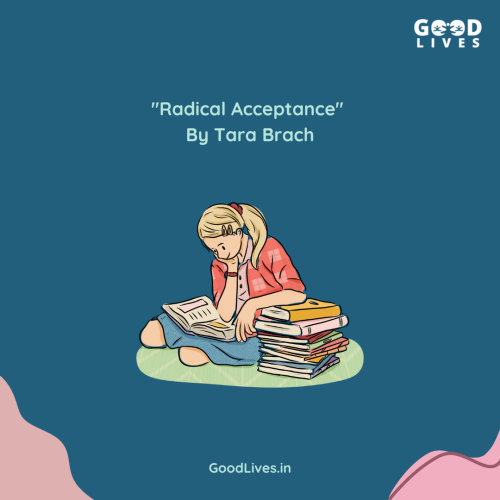
“Radical Acceptance” by Tara Brach is a deeply thoughtful book on the topic of self-compassion as a way to healing and emotional liberation. Brach, an accomplished psychologist and meditation teacher, draws from both Western psychology and Eastern mindfulness practices to guide readers toward a rich holistic approach to self-acceptance and inner peace.
Radical acceptance is all about embracing ourselves and our experiences, especially those that we resist or are ashamed of. Brach proposes that much of our suffering stems from refusing or hiding from the pain, flaws, or perceived shortcomings.
By accepting ourselves and our circumstances with compassion, we can break free from the cycle of self-criticism, guilt, and fear that keeps us bound from going ahead emotionally in suffering.
5. “The Power Of Now” by Eckhart Tolle

In Eckhart Tolle’s “The Power of Now”, spiritual healing is described as a process that is only possible by embracing the present. He illustrates that emotional pain stems from thinking about the past or being concerned about the future to the degree that it becomes unbearable and hurts. The “now” helps in breaking out of mental patterns and beginning to heal.
Tolle introduces the term ‘present moment’
as an essential tool for healing our emotions and our spirit. One who clings to the past or nurtures the future a lot more than required attracts suffering. Healing begins when we become aware of the present and learn to accept it without judgment.
Tolle elaborated that the pain-body is the accumulation of unprocessed emotional pain that people harbor. He teaches that by becoming aware of the pain body and not feeding into its negative energy, we can release old traumas and find peace.
6. "Daring Greatly" by Brené Brown
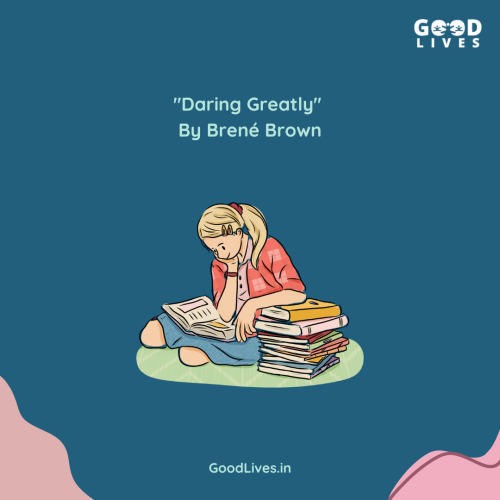
In “Daring Greatly,” Brené Brown explores how vulnerability is essential to healing by showing that vulnerability is not weakness. Brown emphasizes that it is a strength and it takes a lot of effort and willingness to take risks in terms of feeling emotionally vulnerable.
Healing and the healing process usually prevent us from opening up to our imperfections or being truly seen. According to Brown, the healing process begins only when you stop hiding your vulnerabilities and embrace them.
Brown also focuses on the role of self-compassion in healing. She argues that shame-that is, the fear of not being good enough- often prevents us from healing. Shame isolates us and makes us afraid of judgment. Therefore, shame prevents healing by refusing to ask for help or reach out for support.
According to Brown, healing actually happens when we practice shame resilience; which involves recognizing when we feel unworthy, and responding with kindness instead of self-criticism.
Brown demonstrates how openness in relationships is essential for building connection and trust, two things that are essential for emotional healing. We make room for genuine relationships that can aid in our healing when we dare to be transparent and honest about our difficulties and suffering.
7. "On Grief and Grieving" by Elisabeth Kübler-Ross and David Kessler
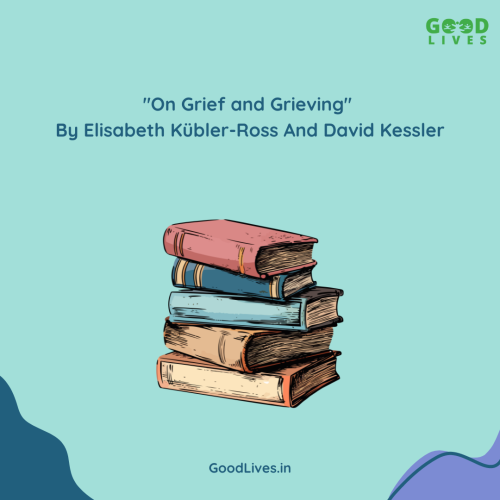
“On Grief and Grieving” by Elisabeth Kübler-Ross and David Kessler is a sensitive, compassionate book that talks deeply about the complex feelings that people experience after a loss. The book revolves around the five stages of grief that Kübler-Ross first identified in her work prior to this one. It provides a sense of structure for readers to better make sense of their emotions while it also includes practical advice on healing during one of life’s toughest experiences.
Kübler-Ross and Kessler do so much more than just tell a book about grief. They urge readers to accept and acknowledge their feelings, acknowledging that grieving is a normal and essential process. They tell the reader that it’s okay to feel all human emotions ranging from sorrow to anger to confusion and even relief.
For us, what “On Grief and Grieving” postulates is that healing is not forgetting but rather learning to live with it and finding ways to carry the memory of the loved one as you move forward. So grief might feel isolating at first, but the authors reminded us that indeed it is a shared human experience, and so, with time, healing is possible.
Healing, be it emotional, mental, physical, or spiritual is a very important part of people living a fulfilling life. Devoting time to your recovery process is crucial for long-term well-being and personal development in addition to helping you recover from trauma, stress, or sorrow.
Nowadays, people are concerned about their physical health and the maintenance of their bodies but it is equally important to spend energy getting back to good health of their minds and hearts.
The books covered in this blog would serve as a stepping stone to a healthier, more balanced life. The unique qualities of each book, through very practical tools and wisdom, help guide the readers through their unique recovery processes.
Whether struggling with unresolved grief, past trauma, emotional wounds, or just seeking more inner peace, these books will help you along the way, gently guiding you toward healing. They teach you to understand and express what is hurting and finally, in time, how to let it go so that you can move forward.
Reading to find balance again is a very effective practice. Books are one of the best ways as they can enlighten, inspire, and comfort you in ways few other mediums can. They offer an appropriate setting in which you can examine your feelings, think back on your experiences, and learn new methods of thinking and behaving.
If you are having a difficult time dealing with any kind of traumatic experience and want to heal but are unable to, try taking therapy today!
0 Comments